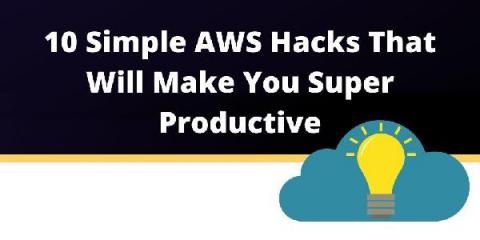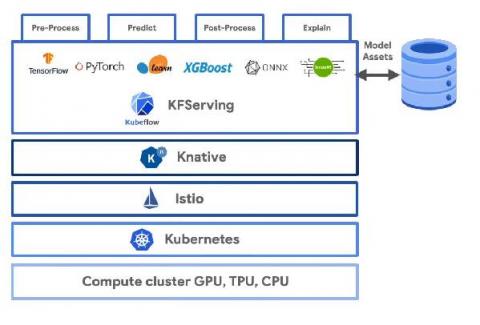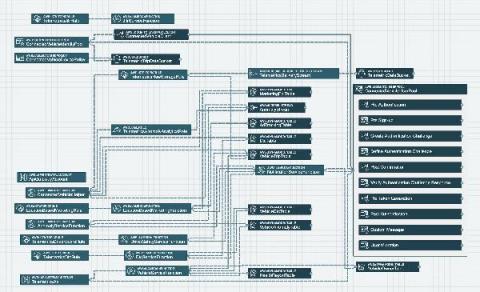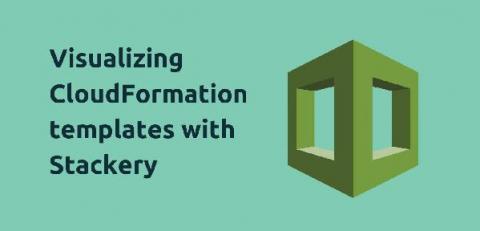10 Simple AWS Hacks That Will Make You Super Productive
Useful AWS hacks and tricks that will save you time and money. If you work a lot with AWS, you probably realized that literally, everything on AWS is an API call; hence everything can be automated. This article will discuss several tricks that will save you time when performing everyday tasks in the AWS cloud. Make sure to read till the end. The most interesting one is listed at the very end 😉











